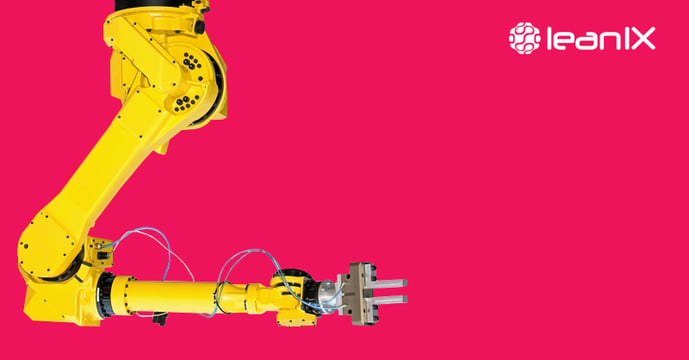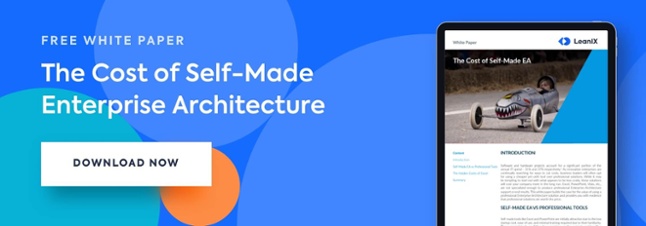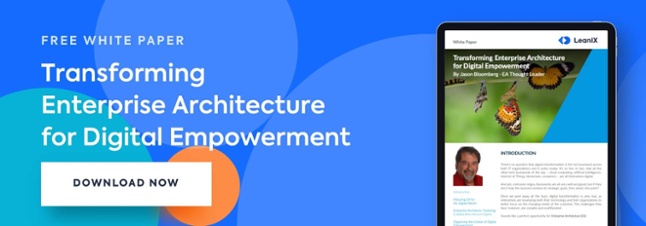
Advancements in technology bring many changes. In this case, Big Data, resulting analytics, and cloud computing all enables the unique chance to integrate and analyze massive amounts of device data. This unique view also gives enterprises the opportunity to formulate add-on services for the devices.Businesses looking to leverage IoT data have to look to the future and reshape their IT architecture in advance. The constant flow of data from devices will put more pressure on existing networks and data centers and require more power to process the information.
Pre-processing and analyzing IoT data
Before your resident data scientist can analyze information, raw data has to be collected, processed, organized, and cleaned. Enterprise organizations process data from industrial sensors, manufacturing equipment, and operational equipment. If the data requires further processing before it enters the data center, your team should consider an edge IT system. Edge IT processing systems offer computation and data processing at the edge of the network where IoT connects the physical world to the cloud. A fundamental part of it is the seamless and robust integration between IoT and cloud; between the physical world and the world of computation.
Edge Computing applications use the processing power of IoT devices to filter, pre-process, aggregate, or score IoT data. These apps also use the strength and flexibility of cloud services to run complex analytics on those data and, in a feedback loop, support decisions and actions about and on the physical world. IoT data can easily overspend network bandwidth and overwhelm your data center resources, so it is best to have edge IT systems capable of performing analytics as a way to lessen the labor on the core IT infrastructure.
What to do with an overload of data?
The key to harnessing this surge of data is finding meaningful and actionable insights from the data collected. Data is only valuable if it is of high quality and if actions can be taken from the information.
New additions to the team.
Organizations should have the right people in place to churn raw data into valuable business insights. Without a data scientist to turn hard numbers and trends into projections of the future or analyzations of the past, your company will be squandering valuable information.
Skills to look for in your data scientist:
• Deep learning
• Data algorithms
• Machine learning
• R programming language
• Data infrastructure and processing
NoSQL databases will replace traditional databases.
As IoT data is traditionally unstructured, it will be difficult to sort into ables. This is where NoSQL databases shine. MongoDB, Couchbase, HBase, and other NoSQL databases will give your data scientists the tools they need to organize data in a beneficial way.
The end goal of big data analyzation is to strengthen customer service, enable the creation of enterprise business applications that are data-driven, and give enterprises the chance to learn from their devices. IoT promises to reshape entire industries in unprecedented ways, is your organization prepared? Learn Jason Bloomberg's tips for transforming Enterprise Architecture for digital empowerment.





